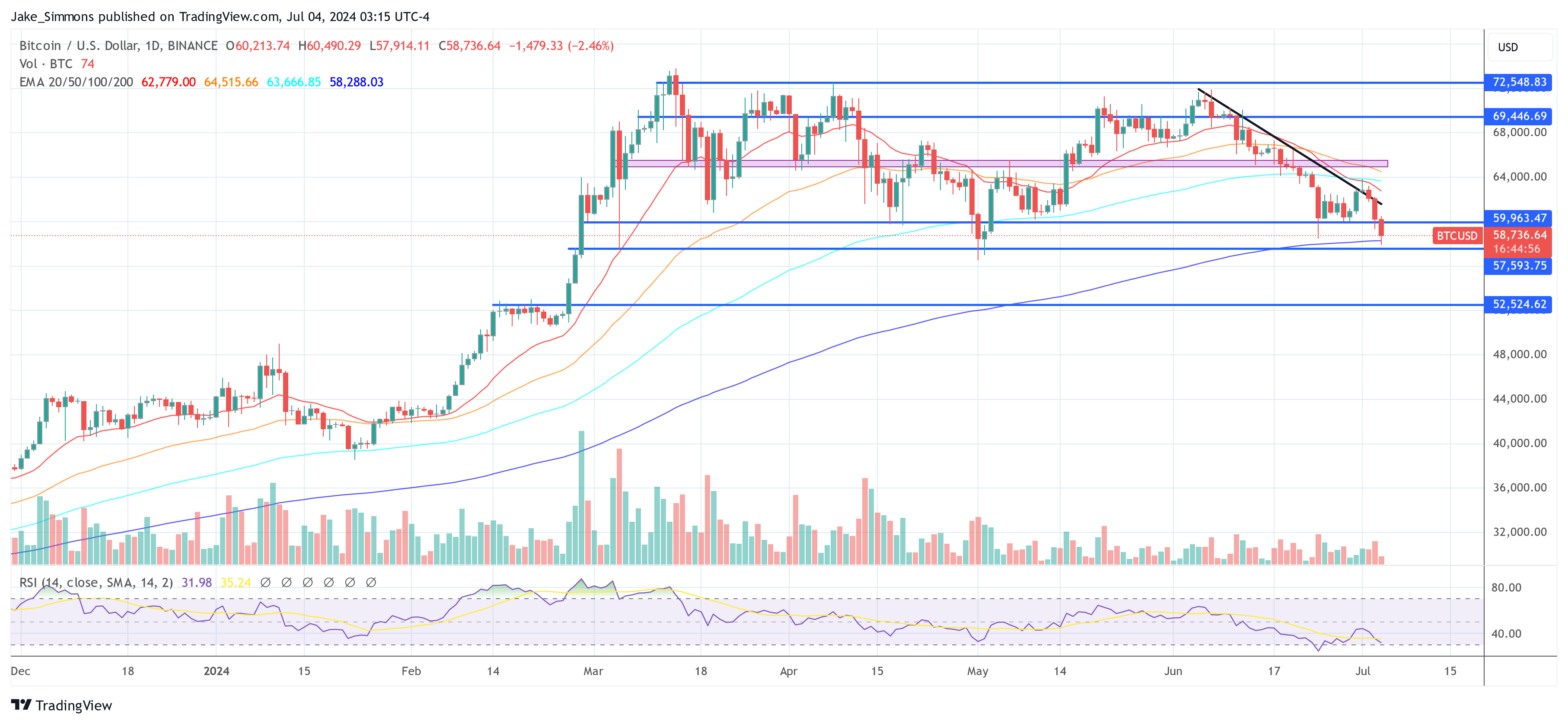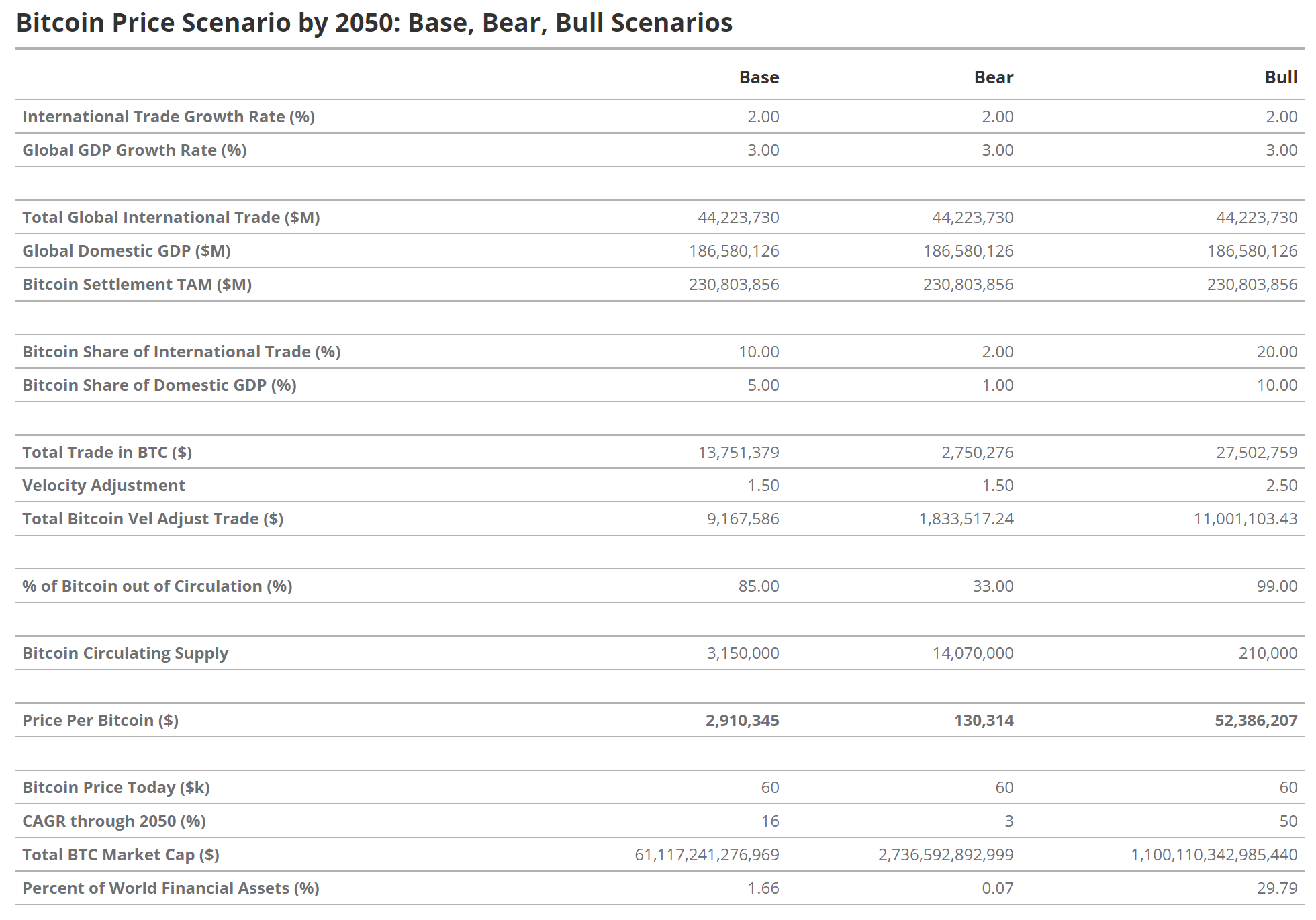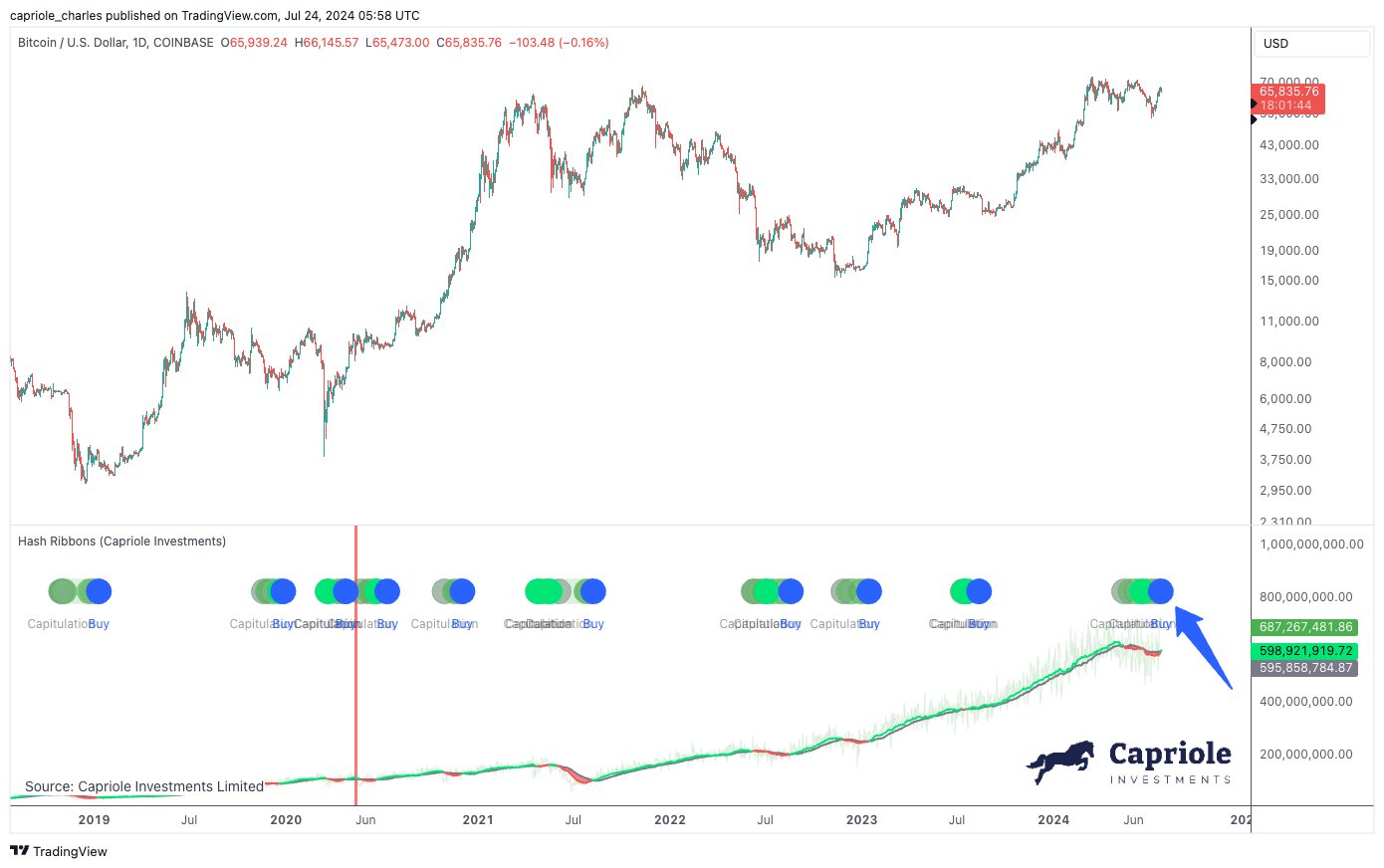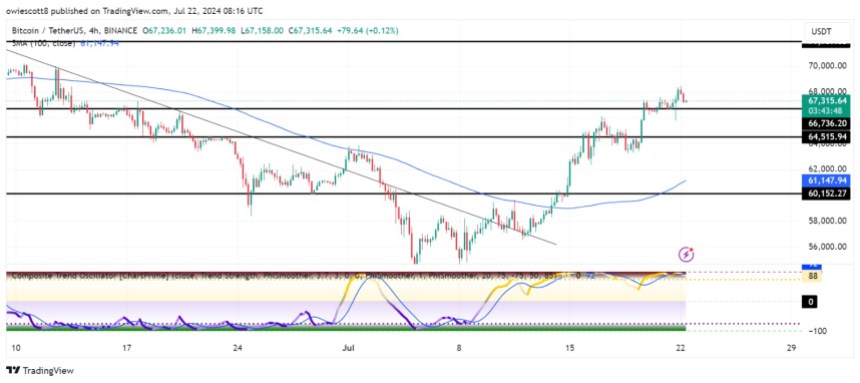Bitcoin Price Could Massively Crash Like In May 2021, Warns Fund Manager
Bitcoin’s price has fallen below the critical support level of $60,000, reaching a low of $57,914. Since Tuesday, Bitcoin has experienced a further 7% decline, reinforcing the ongoing downward trend. Currently, market sentiment is shifting markedly towards the bearish side.
Is A May 2021-Style Bitcoin Crash Looming?
Andrew Kang, co-founder of Mechanism Capital, has raised significant concerns regarding the pattern emerging in the Bitcoin market, reminiscent of the conditions that led to the dramatic crash of May 2021. In a detailed analysis shared via X (formerly Twitter), Kang highlighted the overlooked criticality of the current market dynamics.
Kang stated, “Most market participants are not appreciating the significance of a potential loss of a 4-month range on Bitcoin. The closest parallel we can draw is to that of the range of May 2021 where we also came off a parabolic rally of BTC and alts.”
He noted the similarities in market conditions, particularly in terms of leveraged positions, which currently exceed $50 billion. “This figure does not include the Chicago Mercantile Exchange (CME), which is higher, but compounded by the fact that in this scenario we have ranged even longer (18 weeks vs. 13), and we have not had extreme washouts yet while we had a few in the middle of the 2020-2021 bull market,” Kang elaborated.
Kang also adjusted his projections for Bitcoin’s bottom, suggesting a steeper fall than earlier anticipated: “It’s likely that my initial estimates of low $50ks were too conservative and we see a more extreme reset to $40ks.” He warned that such a pullback could significantly damage the market, necessitating a few months of consolidation and a downtrend before any reversal to an upward trend might be conceivable.
In a dialogue with Alex Krüger, a well-known macro and crypto analyst, the discussion explored the intricacies of open interest (OI) in the derivatives market, a crucial aspect of understanding market sentiment and directional biases. Krüger pointed out, “Much of that OI is not directional though,” suggesting a more complex market behavior than straightforward long and short positions.
Responding, Kang clarified the composition of OI, saying, “Each unit of OI is one long + one short. Even if there are basis trade shorts on the short leg, there’s a directional long on the other end. So yes… less directional shorts.” The conversation further delved into whether derivatives traders are delta neutral, which affects market stability.
Krüger queried about market maker positions, and Kang responded, “I can assure you that there are not many market makers in the OI that are delta neutral long perps and short spot paying funding/borrow on both ends for a negative carry trade.”
What Happened In May 2021?
This ongoing discussion among experts reflects a deepening concern over the potential for a repeat of the May 2021 crash. During that period, Bitcoin’s price plummeted dramatically following a peak of around $64,000 in mid-April 2021. By the end of June, it had lost about 56% of its value. This crash was precipitated by a mix of factors, including regulatory crackdowns in China, environmental concerns voiced by influential figures like Tesla CEO Elon Musk, and a resulting cascade of panic selling among both retail and institutional investors.
In retrospect, the May 2021 downturn was characterized by a rapid shift in investor sentiment, driven by external shocks and exacerbated by the high levels of leverage in the market. Today, similar conditions could be forming according to Kang, with high leverage and extended periods without significant price corrections, suggesting that the market may be on the brink of another severe downturn.
At press time, BTC traded at $58,736.



